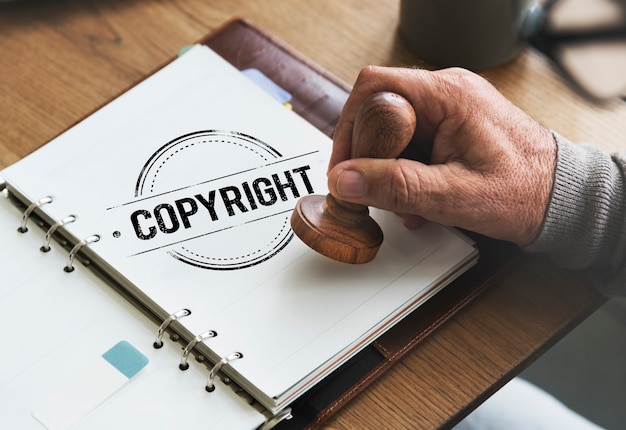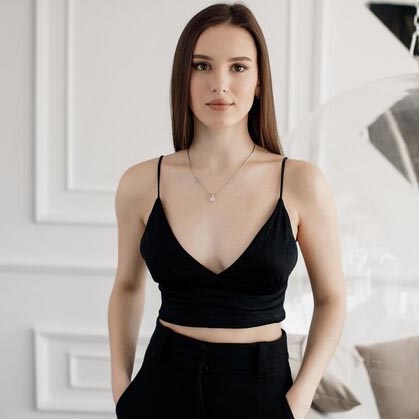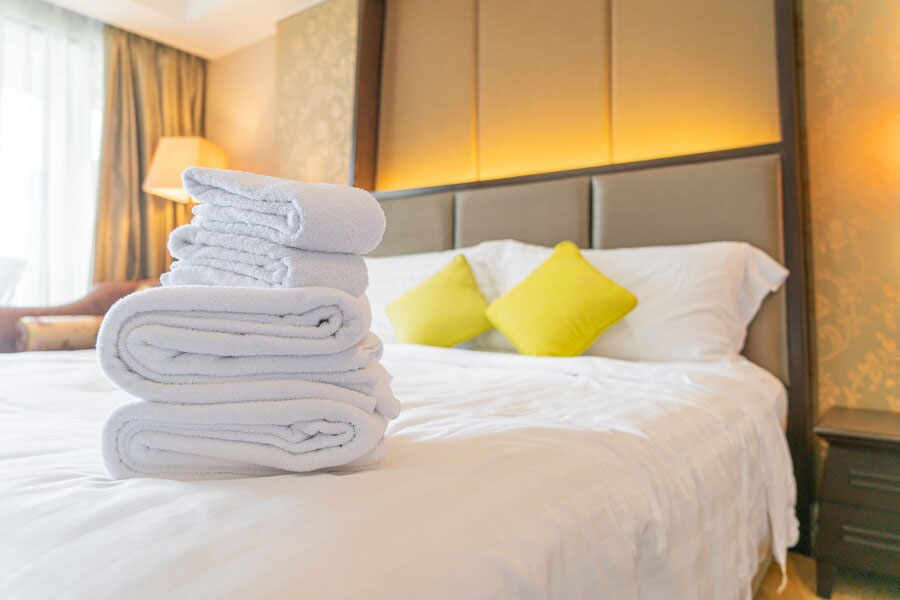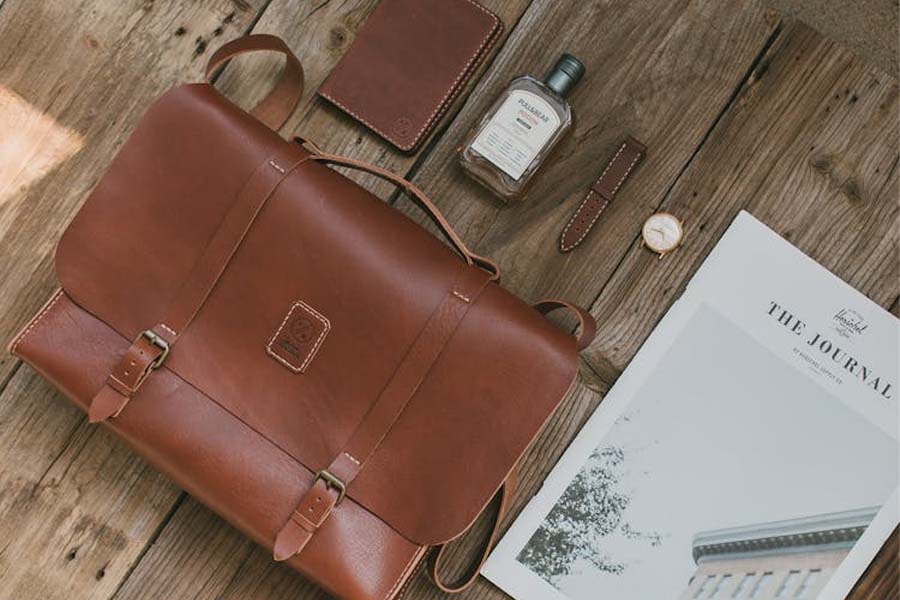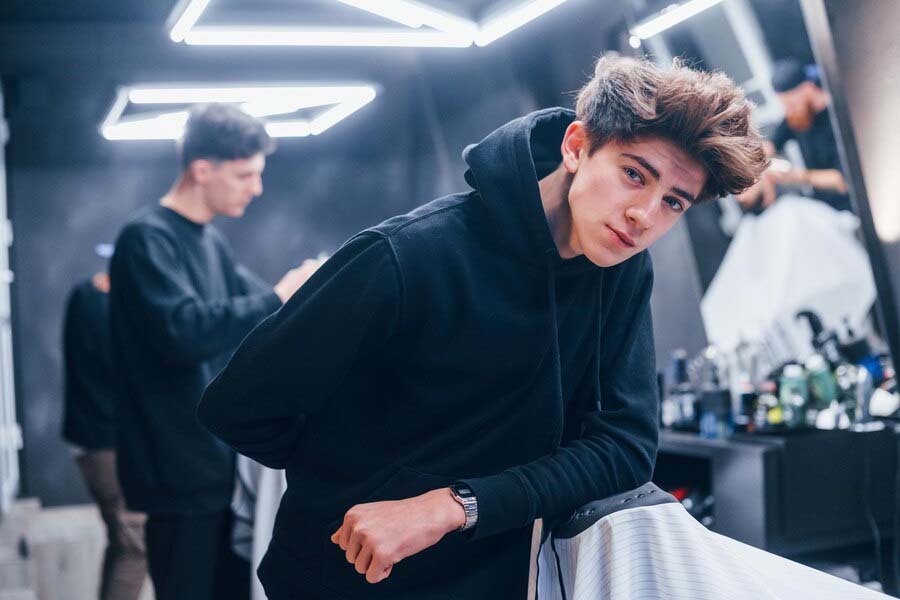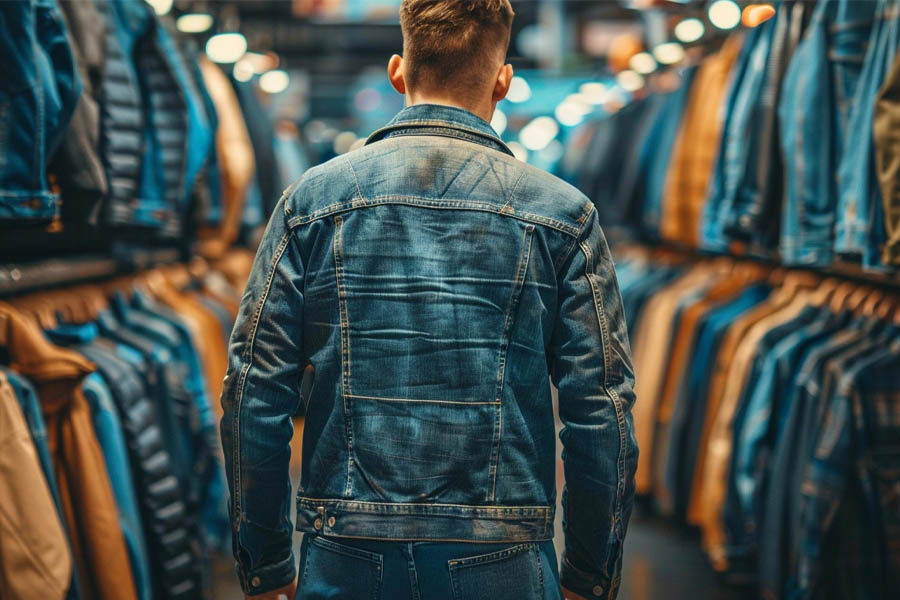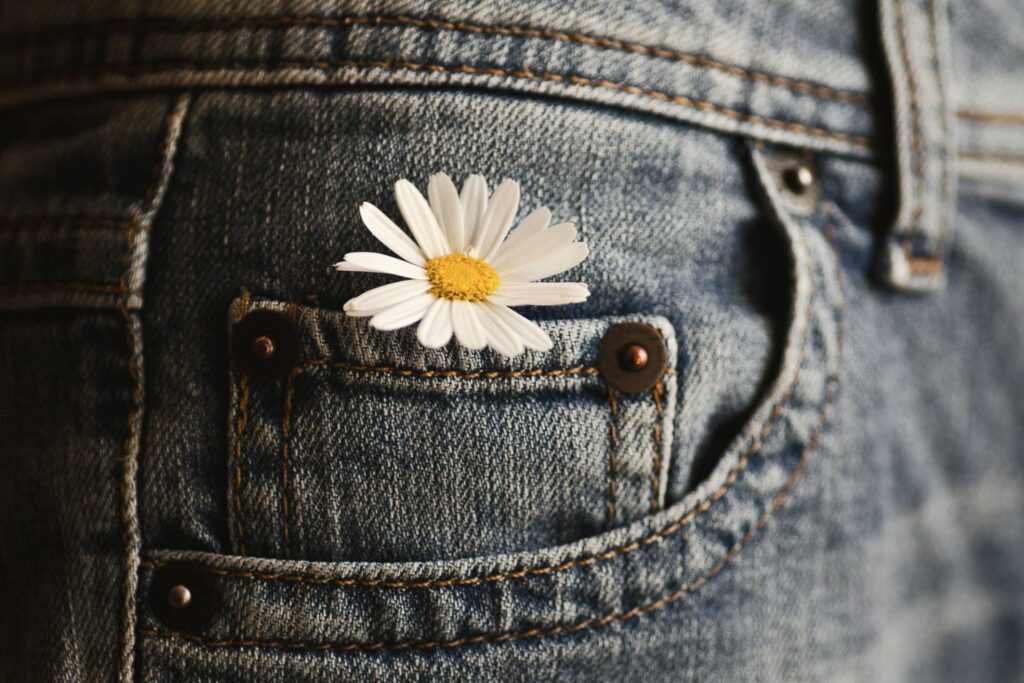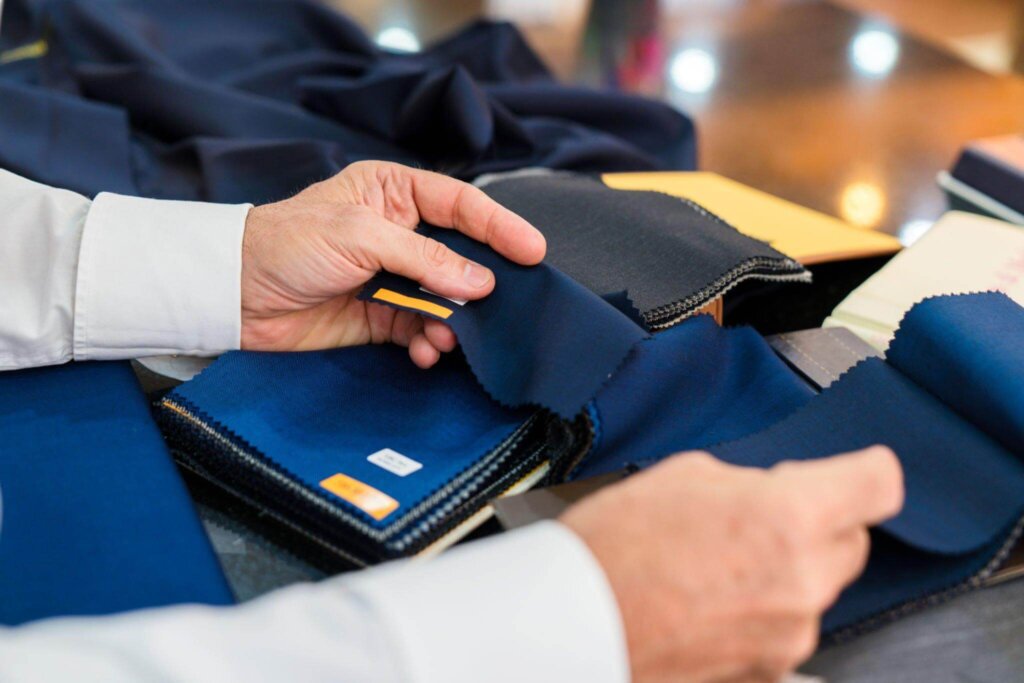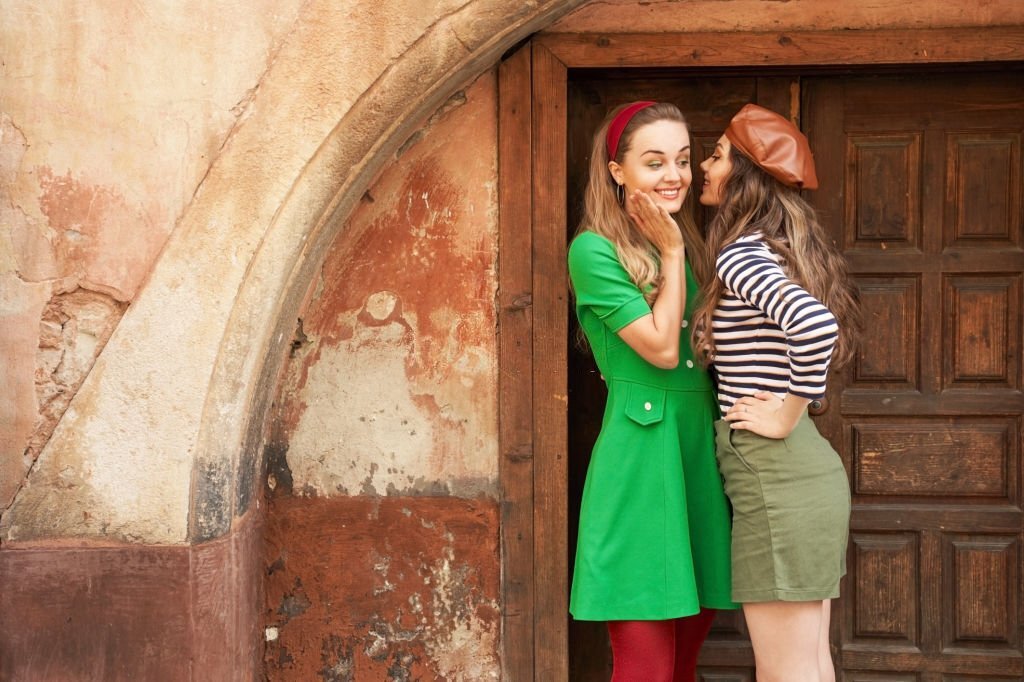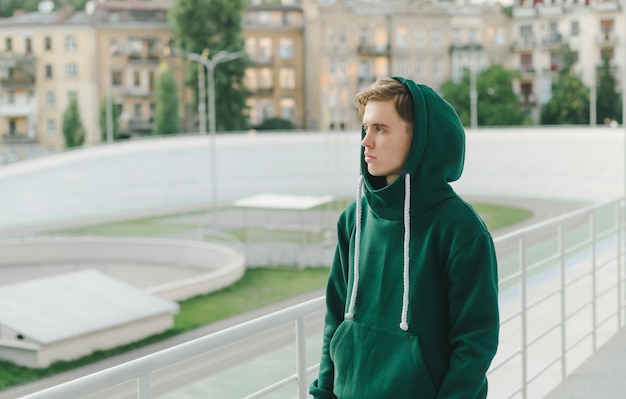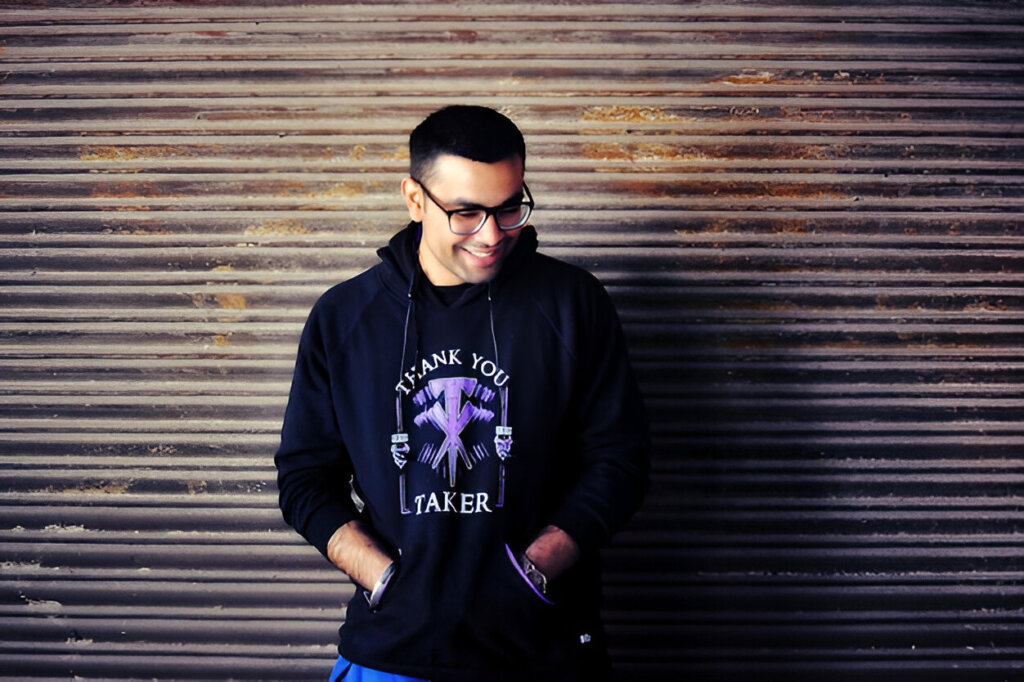
American clothing manufacturers have become the backbone of many successful fashion brands. For example, if you are launching a new collection of clothing lines and would like to use the best production quality standards possible for your concepts, Is it wise for you to source such requirements from an overseas supplier or is it cheaper to find the services from clothing manufacturers in the USA? Many startups as well as existing brands today choose to work with local manufacturers, as these have many benefits, such as faster lead times, transparency in the supply chain and a low defect rate.
For instance, a Los Angeles-based startup recently found success by working with apparel manufacturers in Los Angeles. They succeeded in making a rapid production of small runs, enabling them to try out new ideas without having to rely on heavy production runs. However, other brands strive to develop partnerships with international manufacturers due to expenses or language obstacles.
Creating a clothing line or looking to scale an existing business can be easier to do if you collaborate with American clothing manufacturers. However, I want to help you avoid common pitfalls so you need to know what questions to ask. In this guide, we’ll delve into 20 crucial questions that you have to address before establishing business relations with a product manufacturing company from the USA.
How to Choose American Clothing Manufacturers: 20 Critical Questions
1. What is Your Minimum Order Quantity (MOQ)?
Minimum Order Quantity (MOQ) is the least number of items that a manufacturer is ready to produce within one request. This is a significant matter because many American clothing manufacturers have MOQs that may not be appropriate for smaller or starting companies. Being aware of this at the outset will enable you to match your financial plan with your store supplies. For less known brands, seek out clothing manufacturers in the USA who charge low MOQ’s or allow some flexibility in production periods.
2. Do You Offer Prototyping or Sampling?
Prototyping will help you make a sample of your design before going into complete production. This guarantees that your design, fabric and fit will meet what you had envisioned. Most American clothing manufacturers provide this for a fee, allowing one to test their goods before they’re sold. Sampling especially comes in handy when making a clothing brand from scratch, thus preventing any surprises during mass production.
3. What Are Your Payment Terms?
Payment terms can vary widely between American clothing manufacturers. Some may require a significant portion of the payment upfront, while others may offer milestone-based payments. It’s crucial to clarify this to avoid any financial surprises. Flexible payment terms can be particularly helpful for smaller businesses or those with tight cash flow, so be sure to ask early in negotiations.
4. What Materials Do You Work With?
Different manufacturers specialize in various materials, such as cotton, polyester, or sustainable fabrics. If you’re focused on eco-friendly or organic materials, it’s essential to ensure your chosen clothing manufacturers in the USA can accommodate this. This question helps you align your brand’s values with the manufacturer’s capabilities, especially if sustainability is a key focus for your brand.
5. How Can Ludyway Assist in Managing the Production Process?
Beyond helping you find the right manufacturer, Ludyway offers tools that assist in managing your production process from start to finish. You can communicate with manufacturers directly, track the progress of your orders, and ensure quality control. This platform streamlines the production process for those making a clothing brand, helping you save time and avoid costly mistakes.
6. What Is Your Lead Time?
Lead time is the time it takes for the manufacturer to complete your order from the moment you place it. Some American clothing manufacturers may have shorter or longer lead times depending on the size of your order, the complexity of your designs, and their production schedule. Knowing the lead time helps you plan product launches, restocks, and seasonal collections effectively.
7. Can You Accommodate Custom Designs?
If you are making a clothing brand with unique or custom designs, it’s crucial to verify whether the manufacturer can handle this. Some clothing manufacturers in the USA may only work with standard designs or templates, limiting your ability to stand out in the market. Asking this ensures you have the creative freedom you need for your brand.
8. Where Do You Source Your Materials?
Understanding where and how the manufacturer sources materials can give you insights into the quality and sustainability of your products. If your brand focuses on sustainability, you’ll want to work with American clothing manufacturers that source from eco-friendly suppliers. This question also helps you gauge how ethical the supply chain is, which can be important for brand image.
9. Are You Familiar With Sustainable Manufacturing Practices?
With eco-consciousness on the rise, many brands are turning to clothing manufacturers in the USA that focus on sustainable practices. Ask whether the manufacturer uses energy-efficient processes, reduces waste, or works with sustainable materials. This question helps ensure that your brand aligns with consumer demand for sustainability and ethical production.
10. Can You Handle Scaling Production?
If your brand grows, so will your production needs. Not all American clothing manufacturers can scale easily, especially if they are smaller or have limited capacity. Confirming their ability to scale production helps you plan for future growth and avoid disruptions in your supply chain. This is especially important if you foresee increased demand during peak seasons.
11. Do You Have Experience with Similar Brands?
It’s helpful to know if a manufacturer has worked with brands similar to yours in terms of product type, style, and scale. Experience with similar brands can ensure smoother production processes, as the manufacturer will already understand the nuances of your product. Clothing manufacturers in the USA that have a track record with similar companies may also have relevant suggestions for improving your designs or production.
12. What Are Your Shipping and Delivery Options?
Understanding how your products will be shipped, including cost, delivery times, and methods, is essential for planning inventory and customer satisfaction. American clothing manufacturers often offer various shipping options, but it’s important to clarify these details to ensure they meet your needs. This is particularly important if you’re working with international or remote clients.
13. Do You Offer Full Package Production?
Full-package production includes everything from fabric sourcing to sewing and packaging. Many clothing manufacturers in the USA offer this service, which can save you time and effort. This approach is beneficial if you’re looking for a one-stop solution, especially if you lack the resources or experience to manage different parts of the supply chain separately.
14. What Technologies Do You Use in Production?
Innovative technologies, such as automation and smart manufacturing, can improve efficiency and reduce errors. Ask your American clothing manufacturers what technologies they use in production. This will give you an idea of their efficiency and the quality you can expect. Modern technology can also help you keep production costs down while maintaining high-quality standards.
15. Do You Provide After-Sale Support?
After-sale support can be crucial in resolving any issues that arise post-production. Some clothing manufacturers in the USA offer warranties or guarantees on their products. This ensures that if you face defects or quality issues, you won’t have to bear the entire financial burden of fixing them. Reliable after-sale support can also help strengthen your long-term relationship with the manufacturer.
16. What Are Your Communication Channels?
Clear and reliable communication is key to a successful partnership with your product manufacturing company. Ask about their preferred communication methods—whether via email, phone, or an online platform—and ensure that you’ll be able to reach them when needed. Effective communication reduces misunderstandings and keeps the project on track.
17. Do You Offer Packaging Services?
Some manufacturers provide packaging services, which can simplify your logistics. This is especially helpful if you’re looking for a streamlined process that includes everything from production to final shipping. American clothing manufacturers that offer packaging services can help you create branded packaging, reducing the need for third-party providers.
18. Can You Meet Compliance Standards?
Whether you’re selling domestically or internationally, compliance with industry standards is essential. Clothing manufacturers in the USA must meet regulations related to product safety, labor laws, and environmental impact. Make sure the manufacturer adheres to these standards to avoid legal issues and maintain your brand’s reputation.
19. How Do You Handle Delays?
Delays can be costly for any business. It’s important to know how your manufacturer handles production delays or supply chain issues. Do they offer compensation, or do they have contingency plans in place? This question helps you prepare for unexpected issues, ensuring your American clothing manufacturer has a process in place to minimize the impact on your business.
20. What Are Your Shipping Costs?
Shipping costs can vary depending on the manufacturer’s location and shipping method. Be sure to ask for a clear breakdown of shipping fees so you can budget accurately. Some American clothing manufacturers may offer discounted or bulk shipping rates, while others may include hidden fees. Having this information upfront will help you manage costs effectively.
Conclusion
American clothing manufacturers can only be sourced with extensive research. You may want to evaluate several manufacturers based on their flexibility, quality, etc., by looking into these questions. These factors have to work together for successful partnerships when launching a clothing brand or finding American clothing manufacturers. Ludyway is one of the platforms that may assist you in identifying the most suitable manufacturing companies across America.






